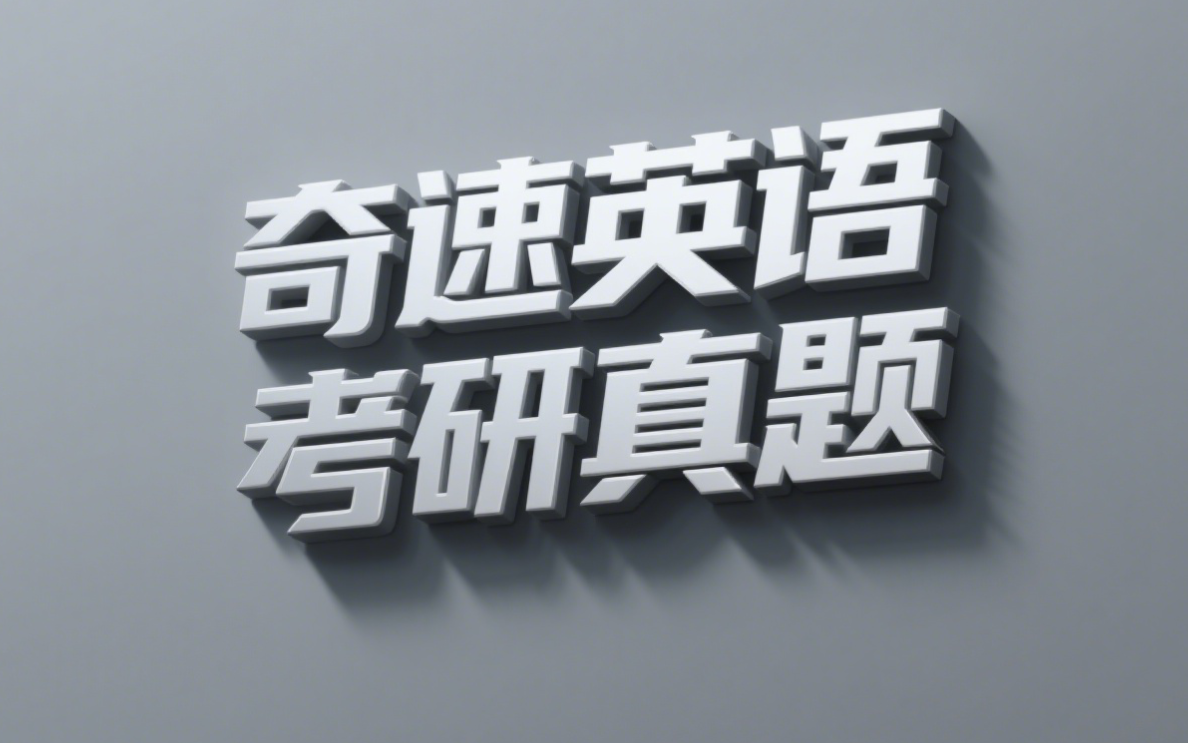①U.S. customers historically tipped people they assumed were earning most of their income via tips, such as restaurant servers earning less than the minimum wage. In the early 2010s, a wide range of businesses started processing purchases with iPads and other digital payment systems. These systems often prompted customers to tip for services that were not previously tipped.
②Today’s tip requests are often not connected to the salary and service norms that used to determine when and how people tip. Customers in the past nearly always paid tips after receiving a service, such as at the conclusion of a restaurant meal, after getting a haircut or once a pizza was delivered. That timing could reward high-quality service and give workers an incentive to provide it.
③It’s becoming more common for tips to be requested beforehand. And new tipping technology may even automatically add tips.
④The prevalence of digital payment devices has made it easier to ask customers for a tip. That helps explain why tip requests are creeping into new kinds of services. Customers now routinely see menus of suggested default options — often well above 20% of what they owe. The amounts have risen from 10% or less in the 1950s to 15% around the year 2000 to 20% or higher today. This increase is sometimes called tipflation — the expectation of ever-higher tip amounts.
⑤Tipping has always been a vital source of income for workers in historically tipped services, like restaurants, where the tipped minimum wage can be as low as US $2.13 an hour. Tip creep and tipflation are now further supplementing the income of many low-wage service workers.
⑥Notably, tipping primarily benefits some of these workers, such as waiters, but not others, such as cooks and dishwashers. To ensure that all employees were paid fair wages, some restaurants banned tipping and increased prices, but this movement towards no-tipping services has largely fizzled out.
⑦So to increase employee wages without raising prices, more employers are succumbing to temptations of tip creep and tipflation. However, many customers are frustrated because they feel they are being asked for too high of a tip too often. And, as our research emphasizes, tipping now seems to be more coercive, less generous, and often completely dissociated from service quality.
1.1.According to Paragraph 1, the practice of tipping in the U.S.
A was regarded as a sign of generosity.
B was considered essential for waiters.
C was a way of rewarding diligence.
D was optional in most businesses.
解析:选B。1.B推理判断题。第一段第一句指出,过去美国顾客会向他们认为主要依靠小费挣取收入的人(比如收入低于最低工资的餐厅服务人员)支付小费。由此可推断,过去顾客给服务员小费是基于他们认为这些小费对服务员极其重要:这些服务员的收入太低,主要依靠小费来挣取收入,换言之,小费是其收入主要来源,是维持其生活所必需的。故选B。
2.2.Compared with tips in the past, today’s tips
A are paid much less frequently.
B are less often requested in advance.
C have less to do with service quality.
D contribute less to workers’ income.
解析:选C。2.C推理判断题。第二段第一句句承接第一段“过去的小费情况:常与服务人员的工资挂钩(意在提高其收入水平)”介绍“现在的小费情况:往往不再与服务人员的工资及服务规范挂钩”并指出“工资及服务规范曾经决定了人们何时以及如何给小费”,第二三句进一步做出解释说明:过去的小费通常是在享受服务行为之后再给予,这一时机的把握既有助于奖励高质量服务、也有助于激励服务人员继续提供高质量服务。由此可推断,现在的小费在与服务质量的关联上并没有过去的小费强。故选C。
3.3.Tip requests are creeping into new kinds of services as a result of
A the advancement of technology.
B the desire for income increase.
C the diversification of business.
D the emergence of tipflation.
解析:选A。3.A细节理解题。第四段第一句指出,数字支付设备的普及使得向顾客索要小费变得更容易,第二句进而指出,这有助于解释为什么小费索要行为正悄然蔓延至新的服务类型。可见,两句构成的因果逻辑链为“技术进步→小费索要行为变得更容易→不仅旧有的、常需支付小费的服务类型会索要小费,就连新型的、未必需要支付小费的服务类型也开始索要小费”。也即,技术的进步是小费索要行为蔓延至新服务类型的原因。故选A。
4.4.The movement toward no-tipping services was intended to
A promote consumption.
B enrich income sources.
C maintain reasonable prices.
D guarantee income fairness.
解析:选D。4.D细节理解题。第六段第一句指出值得注意的事项“小费行为仅仅惠及一部分服务人员(如餐厅服务员),而不惠及其他服务人员(如餐厅厨师和洗碗工)”,第二句进而指出相应举措“为了确保所有员工都能获得公平的工资,有些餐厅禁止收取小费并提高菜品价格”及其效果“这种无小费服务行动大多以失败告终”。可见,此两句实际以“餐厅(服务人员)”为例,指出无小费服务行动意在确保厨师和洗碗工等不被给予小费的服务群体也能获得因菜品或产品价格提高后的收入,从而实现所有服务人员的收入公平。故选D。
5.5.It can be learned from the last paragraph that tipping
A is becoming a burden for customers.
B helps encourage quality service.
C is vital to business development.
D reflects the need to reduce prices.
解析:选A。5.A细节理解题。第七段第二句承接第一句“现如今雇主的行为:因受‘小费蔓延’和‘小费膨胀’的诱惑而开始收取小费”指出了“顾客的反应:恼怒”并说明了“原因:被过于频繁地(次数超出正常范围)索要过高的小费(数额超出正常范围)”。可见,现在的小费行为对顾客来说正在成为一种负担。故选A。
